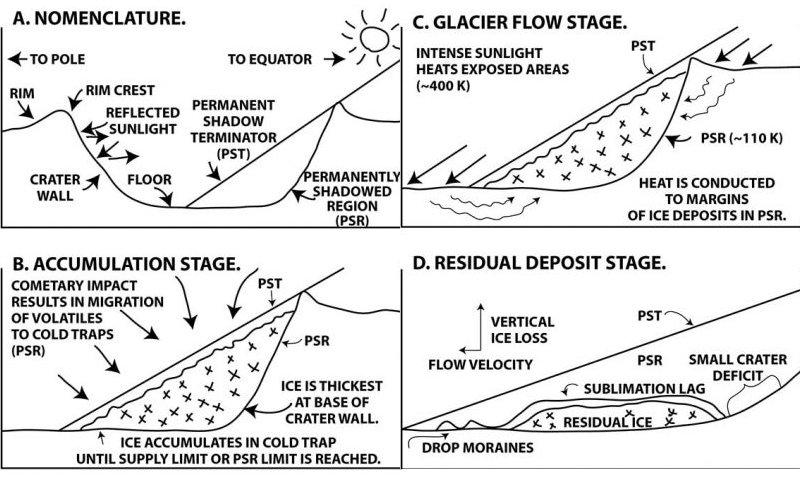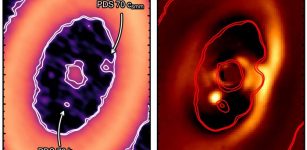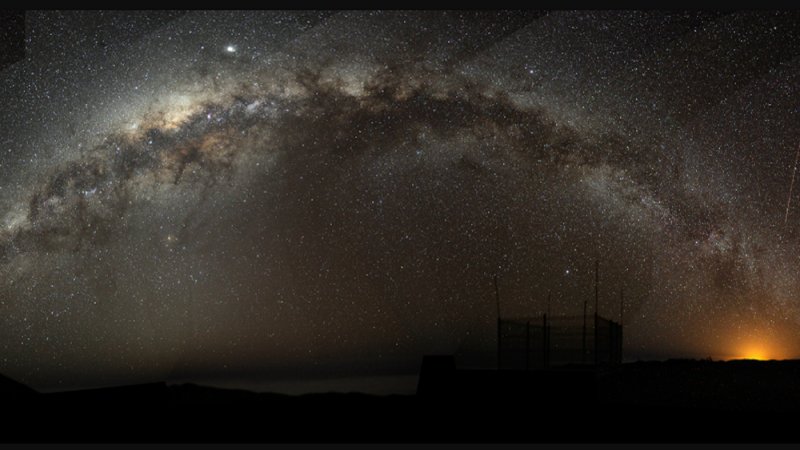Glaciers On Mercury – Modelled By Maine-Led Research Team
MessageTo Eagle.com – Scientists model Mercury’s glaciers — from ancient formation at intergalactic impact to ongoing stability in the planet’s shadows.
The processes that led to glaciation at the cratered poles of Mercury, the planet closest to the sun, have been modeled by a University of Maine-led research team.
James Fastook, a UMaine professor of computer science and Climate Change Institute researcher, and James Head and Ariel Deutsch of Brown University, studied the accumulation and flow of ice on Mercury, and how the glacial deposits on the smallest planet in our solar system compare to those on Earth and Mars.
Their findings, published in the journal Icarus, add to our understanding of how Mercury’s ice accumulations — estimated to be less than 50 million years old and up to 50 meters thick in places — may have changed over time. Changes in ice sheets serve as climatic indicators.
Analysis of Mercury’s cold-based glaciers, located in the permanently shadowed craters near the poles and visible by Earth-based radar, was funded by a NASA Solar System Exploration Research Virtual Institute grant for Evolution and Environment of Exploration Destinations, and is part of a study of volatile deposits on the moon.

Like the moon, Mercury does not have an atmosphere that produces snow or ice that could account for glaciers at the poles. Simulations by Fastook’s team suggest that the planet’s ice was deposited — likely the result of a water-rich comet or other impact event — and has remained stable, with little or no flow velocity. That’s despite the extreme temperature difference between the permanently shadowed locations of the glaciers on Mercury and the adjacent regions illuminated by the sun.
One of the team’s primary scientific tools was the University of Maine Ice Sheet Model (UMISM), developed by Fastook with National Science Foundation funding. Fastook has used UMISM to reconstruct the shape and outline of past and present ice sheets on Earth and Mars, with findings published in 2002 and 2008, respectively.
“We expect the deposits (on Mercury) are supply limited, and that they are basically stagnant unmoving deposits, reflecting the extreme efficiency of the cold-trapping mechanism” of the polar terrain, according to the researchers.
MessageToEagle.com











